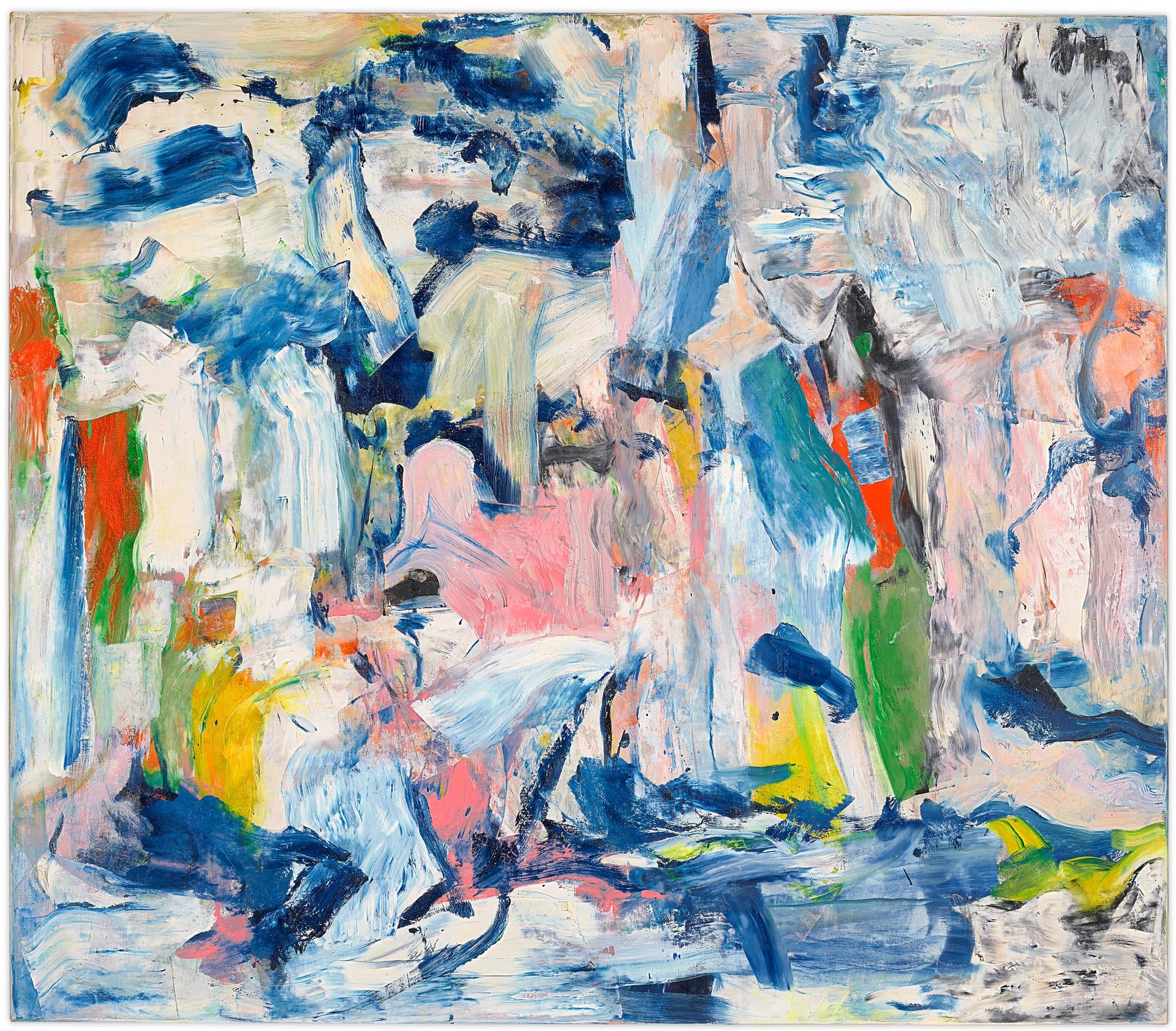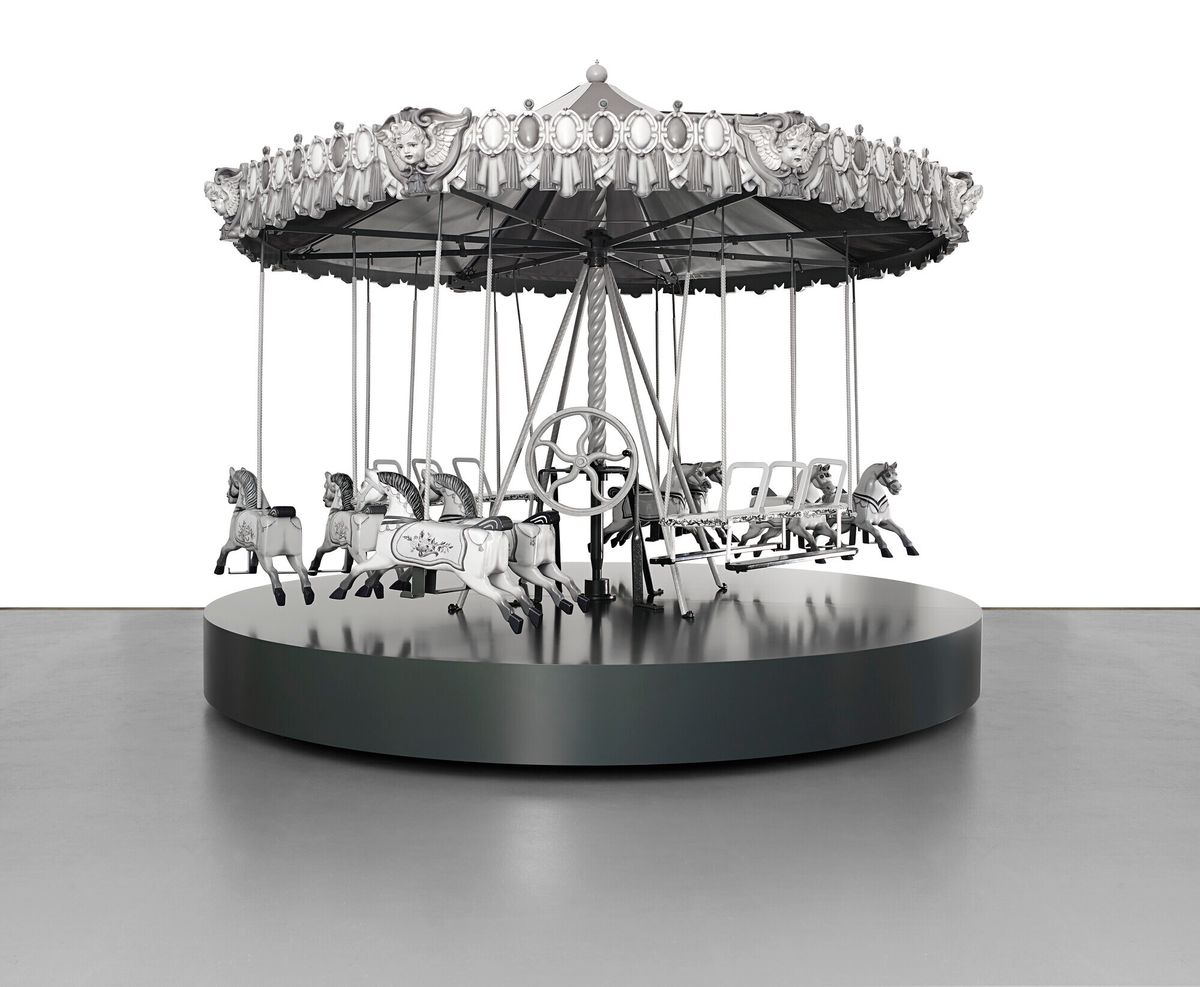Since the beginning of the Covid-19 era, the major auction houses have taken liberties with how and when sales are presented. It was to be expected. Shortly before stepping down as chief executive of Phillips, Edward Dolman said the pandemic had “detonated the traditional sales calendar”. A few months prior to Dolman’s explosive statement, Christies abandoned the traditional sales format by replacing the Impressionist and modern and post-war and contemporary designations with “20th Century Art” and “21st Century Art”. This season, the two sales will appear back-to-back, further smudging the line of demarcation between periods, schools, categories and even, sometimes, artists.

Willem de Kooning, Untitled III (around 1977-80) (est. in the region of $35m) Courtesy Christie's
The sales will take place on 17 November in New York, and both have significant top lots. The 20th century evening sale will be led by Willem de Kooning’s work Untitled III (around 1977-80). Realised at his Hamptons home in Springs, New York, the large-scale picture is a prime example of De Kooning’s method of abstracting landscapes. The seller acquired it directly from the De Kooning family collection in 2014.
"In this work, De Kooning was really able to move the paint around,” says Ana Maria Celis, head of department for post-war and contemporary at Christie’s. “When you stand in front of this, you really get the Dutch influence. It becomes so clear that De Kooning was Dutch artist—the importance of white space, of light, that is the centre of it. The way he plays with a white to add light and shadow is really gorgeous.” With an estimate in the region of $35m, Untitled III could become one of the three most expensive De Kooning works sold at auction—though privately, his work has sold for much more, including the $300m that hedge fund manager Kenneth Griffin reportedly paid film and music mogul David Geffen for De Kooning's Interchange (1955) in 2016.

Jeff Koons, Jim Beam - J.B. Turner Train (1986) (est. $15m-$20m) Courtesy Christie's
The 21st century auction has not one but two shiny lots leading the sale. The first is Jeff Koons’s stainless steel sculpture Jim Beam - J. B. Turner Train (1986) from the artist’s Luxury and Degradation series. Only three of these nine-and-a-half foot sculptures were made (plus one artist’s proof, which Christie’s sold in 2014 for over $33m). The train comes with an estimate of $15m-$20m and, for those interested, The Art Newspaper has been assured that the train is still filled with bourbon.
The other star lot in the 21st century sale makes the Koons look diminutive by comparison. Charles Ray’s nearly 14ft-wide sculpture Revolution Counter-Revolution, a massive steel carousel that moves in reverse, was made between 1990 and 2010, straddling the centennial line. It comes with a conservative $3m-$5m estimate, despite the fact that Ray has been top of mind for many in the art world following the recent exhibition of his work at New York’s Metropolitan Museum and that this sculpture, like the Koons, comes from the collection of Greek Cypriot collector Dakis Joannou. Ray's carousel was one of the star attractions in the controversial, Koons-curated 2010 exhibition of works from Joannou's personal collection at the New Museum in New York—on whose board Joannou serves.
“Each one [of these sculptures is a] masterpiece within the contemporary art canon,” says Isabella Lauria, head of the 21st century evening sale, “and sharing references to the everyday, these works offer subtle yet powerful commentary on commodification, our perception of reality, and the divide within our collective cultural consciousness.”


